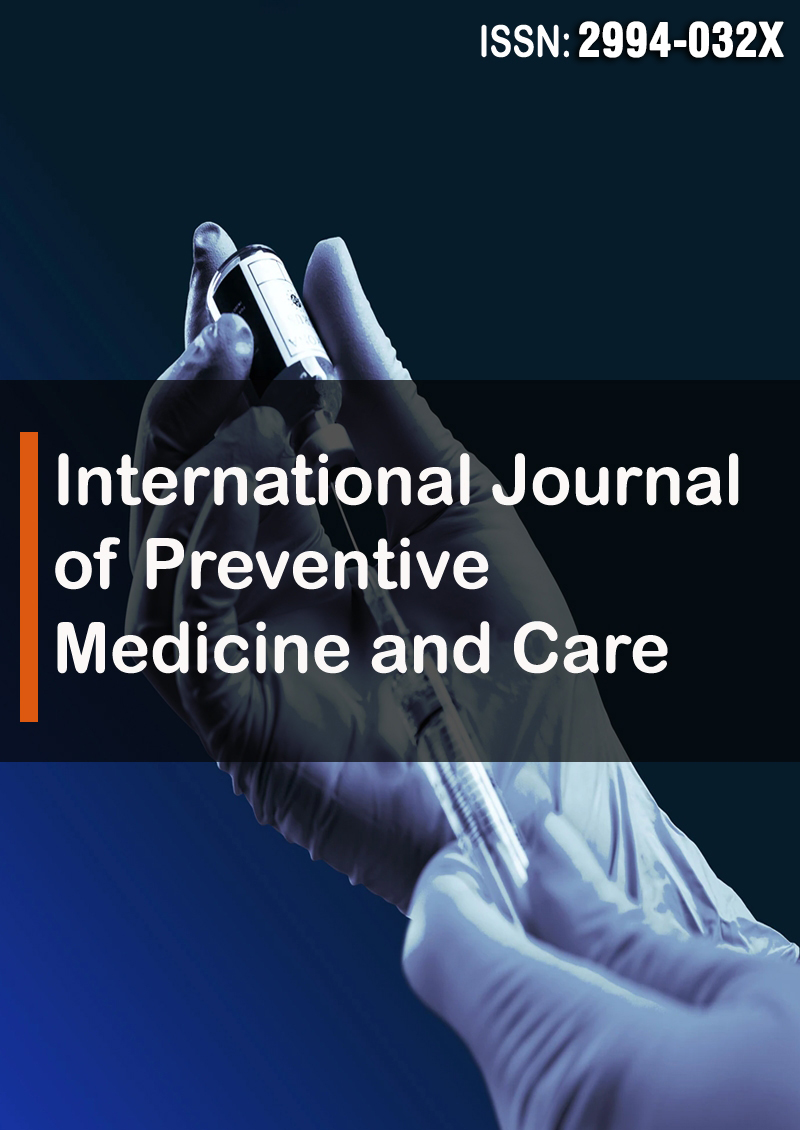Fib-4 Score as a Potential Indicator for Osteopenia: Insights from a Postmenopausal Cohort
Abstract
Ahmet Aydin and Sabin Goktas Aydin
Background: Osteoporosis and osteopenia are significant health concerns, with risk factors including age, lifestyle, and metabolic disorders like fatty liver disease. This study investigated the association between the Fibrosis-4 (FIB-4) score and osteopenia among postmenopausal women while identifying predictive markers indicative of osteopenia.
Material and Method: A cross-sectional analysis involved 151 postmenopausal women, assessing their bone mineral density (BMD) using dual-energy X-ray absorptiometry. BMD values for lumbar and femur neck regions were noted. Hepatic ultrasonography, laboratory evaluations, and anthropometric assessments were performed. The FIB-4 score, indicating liver fibrosis risk, was calculated based on specific parameters.
Results: Participants had an age of 56.0 ± 6.4 years, with average. Osteopenia was observed in 28.5% (L1-L4) and 27.2% (femur neck) of participants. Significant correlations were found between osteopenia and markers such as ALP, AST, ALT, serum calcium, and vitamin D. The association between osteopenia and NAFLD by ultrasonography was significant in the femur neck 42.9% of women with intermediate FIB-4 scores (1.30-2.67) exhibited osteopenia at the lumbar vertebrae, compared to 21.6% with FIB-4 scores <1.3 (p=0.007). For the femur neck, 44.9% of women with intermediate FIB-4 scores had osteopenia versus 18.6% with FIB-4 scores <1.3 (p=0.001). Logistic regression revealed ALP (p=0.007, OR:1.1, 95%CI: 1.03-1.05) and FIB-4 score (p=0.005, OR:2.9, 95%CI: 1.38-6.48) as significant predictors for L1-L4 BMD. The FIB-4 score 1.3 demonstrated 93% sensitivity and 77% specificity for detecting osteopenia at L1-L4.
Conclusion: The study underscores a significant correlation between FIB-4 scores and osteopenia among postmenopausal women. Elevated FIB-4 scores and specific biochemical markers like ALP were identified as predictive markers for osteopenia.



